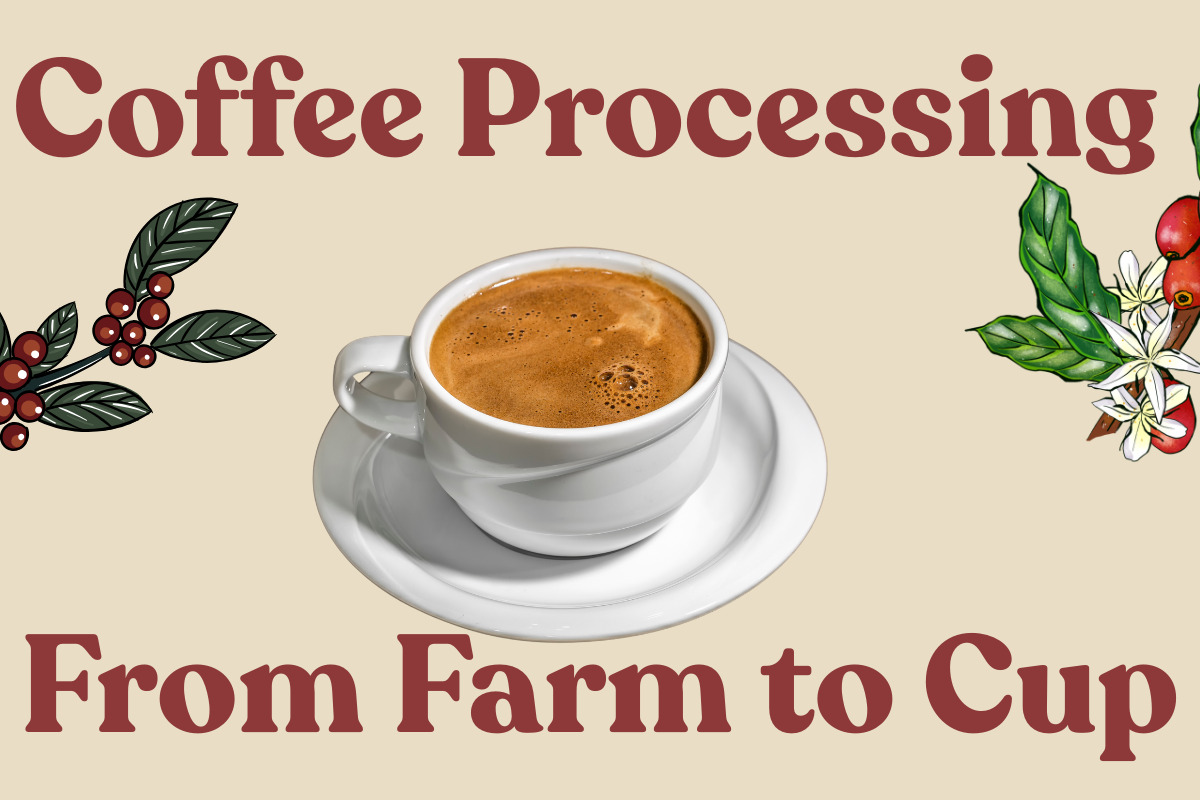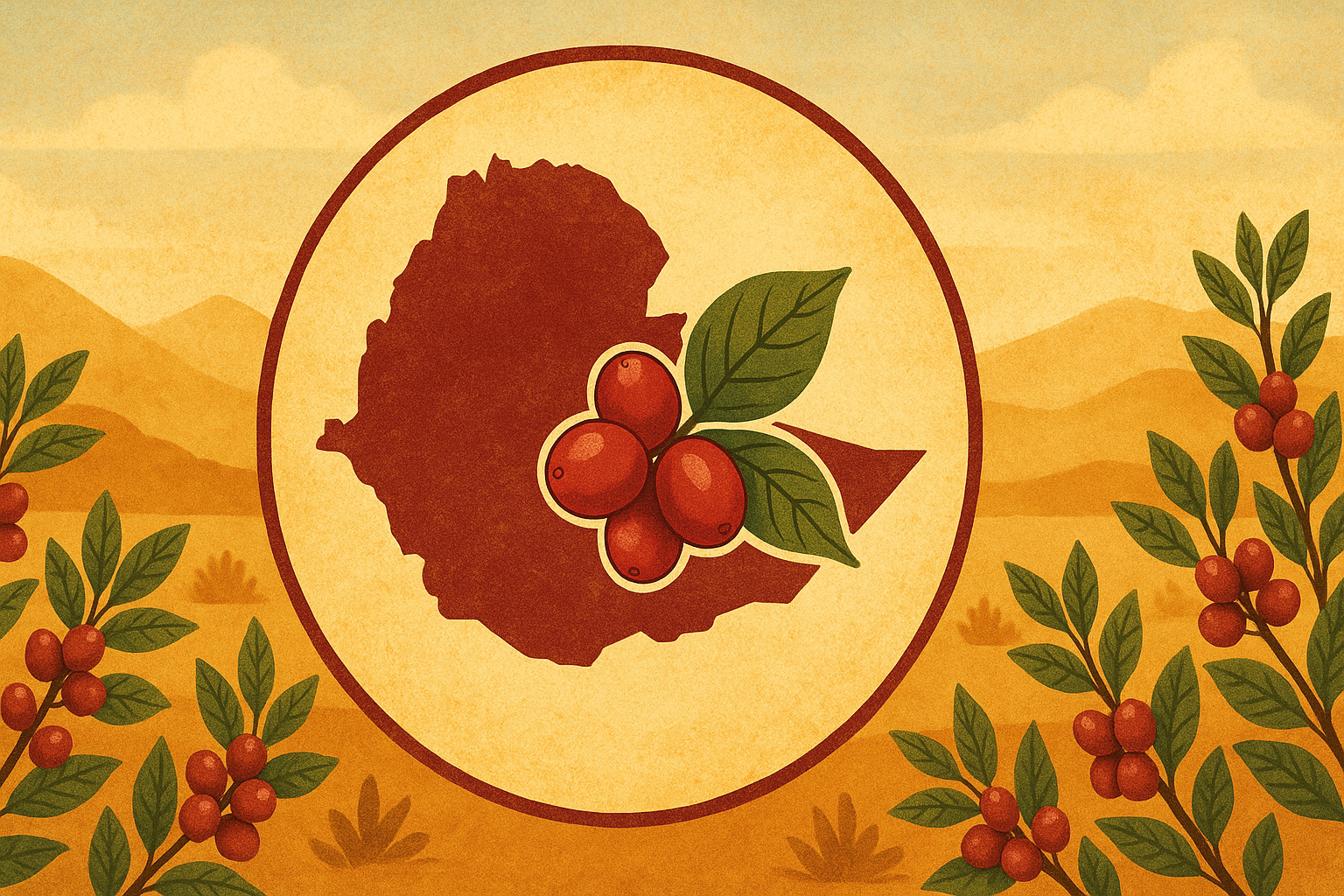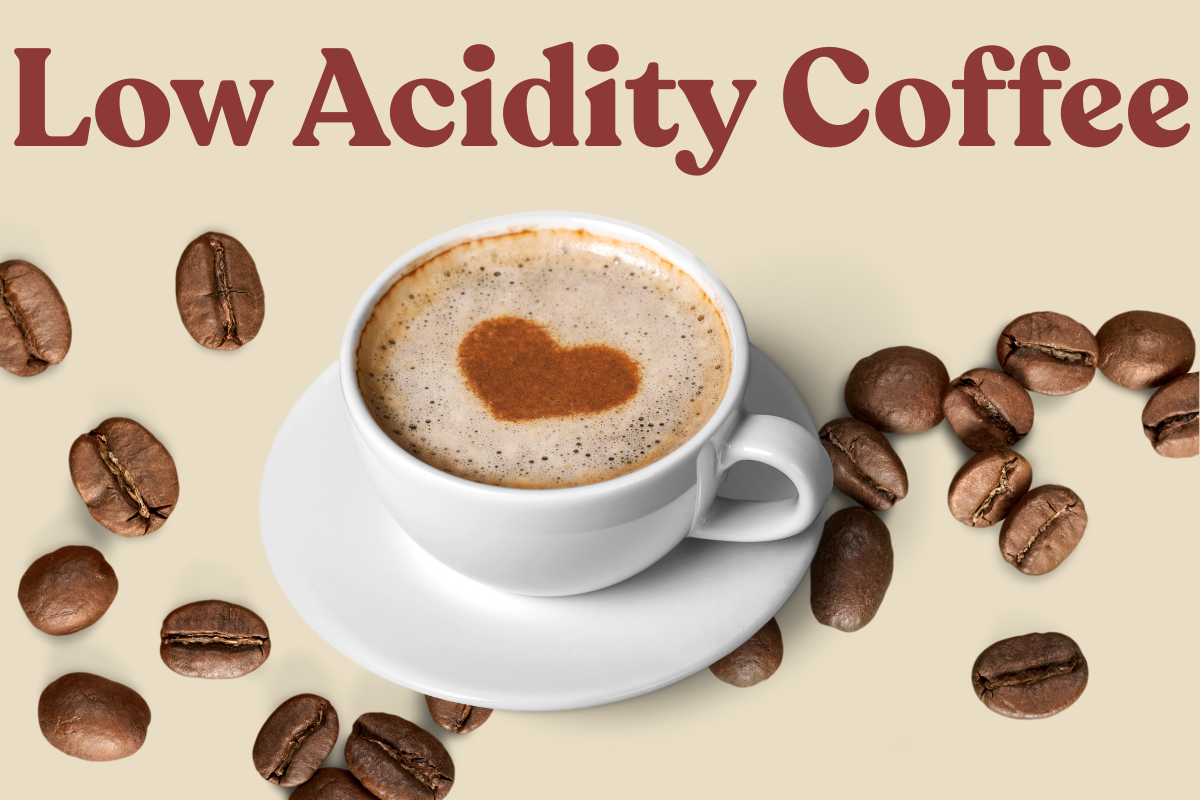The Different Types of Coffee Processing: From Farm to Cup
Ever wondered what gives one cup of coffee a fruity taste and another a chocolatey one? One determining factor is how the coffee was processed! From the moment a coffee cherry is picked, there are a series of steps, and these steps help shape the flavor, body and aroma of your daily brew. From harvesting methods and drying techniques to fermentation and decaffeination, this blog post covers it! So, let’s get started.
Coffee Harvesting Methods
Before coffee becomes the brew in your mug, it starts as a cherry on a tree. Now, the way those cherries are harvested affects how your coffee will taste.
Hand-Picking
This is the gold standard in the coffee world, especially for specialty coffee farms. Workers carefully select only the ripest cherries. They leave the underripe and overripe ones behind. Hand-picking often means going through the same tree multiple times (as cherries ripen at different times). It’s a slow and labor-intensive process. But the effort pays off. This method ensures higher-quality beans, which means more balanced flavors in your cup. It’s especially common in mountainous regions (where machines can’t operate easily).
Mechanical Harvesting
Mechanical harvesting is used on large-scale commercial farms. Machines strip cherries from the trees, regardless of how ripe they are. It’s faster and cheaper than hand-picking. But it’s also less selective. We get a mix of ripe, unripe, and even damaged cherries (which can impact the flavor of the final product). This method is suitable for use on flat terrain, and when uniform ripeness isn’t a priority.
Coffee Processing Methods
Once the coffee cherries are harvested, the next big decision is how to process them. Quick definition: Coffee processing is how the outer layers of the cherry are removed to get to the bean inside.
Natural Process
This is one of the oldest methods. Whole cherries are spread out to dry in the sun. As the
cherries dry, the fruit slowly ferments around the bean. This infuses it with bold, sweet, often fruity flavors, and gives it a heavier body. The best regions for this process are dry and sunny climates. Think of our Ethiopian Sumatra and our Brazilian Ayabas!
Washed Process
The washed process takes a more controlled approach. The cherries are pulped to remove the skin, then fermented to break down the sticky mucilage. In case you are unaware, mucilage is a sticky, sugary substance that surrounds the coffee bean inside the coffee cherry. It's primarily composed of sugars, pectins, and cellulose. It plays a role in the flavor and sweetness of the coffee, and its removal during processing is a key step in different coffee processing methods. After this, they are washed and dried. The flavor profile of beans is clean, crisp, and bright. This process requires a lot of water, which is why it’s most common in areas where water is plentiful (i.e., Central and South America).
Honey Process
The honey process is a delicious middle ground between the two. After pulping, some of the mucilage is intentionally left on the bean during drying. Depending on how much is left, the coffee can take on different flavor profiles. This ranges from subtle and sweet to rich and fruity. The body of the bean is relatively smooth. The honey process gives us different types of coffee, including white, yellow, red, and black honey (darker colors often mean more mucilage + a more intense flavor).
Decaffeination Methods
Not all coffee drinkers are in search of a caffeine boost, and some just want the taste without the jitters. Naturally, those people are looking for some decaf! There are multiple ways that coffee is decaffeinated. A side note, our Gypsy Souls decaf coffee is only decaffeinated though the Swiss Water Process, or the Mountain Water Process described below!
Swiss Water Process
The Swiss Water Process is a favorite among health-conscious coffee lovers (if you’re one of them, you may also love the idea of low acid coffee).
● How It Works: Beans are soaked in hot water to extract caffeine, then filtered through
carbon to trap only the caffeine molecules. The flavorful water is reused in the process.
● Pros: No chemicals, preserves flavor
● Taste: Smooth, clean, close to the original bean
Mountain Water Process
The Mountain Water Process is exclusively carried out in the mountains of Mexico, using pure water sourced from the Pico de Orizaba, the highest mountain in Mexico!
● How It Works: Uses osmosis to extract caffeine in a chemical-free environment.
● Pros: No chemicals, eco-friendly
● Taste: Clean and balanced, often with regional flavor nuances still intact
CO2 Process
The CO2 Process is high-tech, and highly effective. It is used mostly in larger-scale commercial operations.
● How It Works: Beans are soaked in water. Then, they are exposed to liquid carbon
dioxide under pressure (which draws out the caffeine).
● Pros: Harsh chemical-free, retains most original flavor, good for bulk production
● Taste: Bold, rich, very close to non-decaf versions
Chemical Solvent Methods
These methods use solvents like Methylene Chloride or Ethyl Acetate to strip caffeine from the beans.
● How It Works: Beans are steamed, then rinsed with the solvent to remove caffeine. The
solvent is later evaporated.
● Pros: Economical and widely used in commercial decaf production
● Cons: Uses chemicals (which can sometimes affect the flavor)
● Taste: Can be slightly muted
Coffee Drying Methods
After processing, coffee beans need to be dried to the right moisture level.
Sun Drying
This eco-friendly method involves spreading beans on raised beds, and then letting them dry under the sun. This is a labor-intensive process and needs frequent turning to prevent mold.
Mechanical Drying
In humid climates or for large-scale production, mechanical dryers offer a more controlled environment. They speed up drying, plus there’s a lower risk of the beans getting spoiled. But the process does require more energy, costs, and infrastructure.
Milling and Sorting
We’re almost near the end! Hulling removes the parchment layer from washed beans or the dried fruit skin from natural beans.
Polishing is optional. It buffs off any remaining silver skin (mostly for appearance). In grading, beans are sorted by size, weight, and number of defects. This helps determine their quality. Sorting can be done by hand or machine to remove defective beans and make sure only the best make it to the roaster.
Storing
After processing, coffee beans are typically stored in jute bags. These have protective inner linings, like GrainPro, which protect the beans from moisture, pests, etc. To maintain freshness, beans should be kept in cool and dry conditions. Remember that excess heat or humidity can cause flavor to fade, and it can even lead to contamination!
Time to Choose Your Brew
Coffee processing is a huge part of what makes each cup unique.
At Gypsy Souls, we take coffee processing seriously. Not just for the taste, but for the ethics, sustainability, and health behind every bean.
If you’re ready to explore... Visit our shop to find the coffee that speaks to your soul





